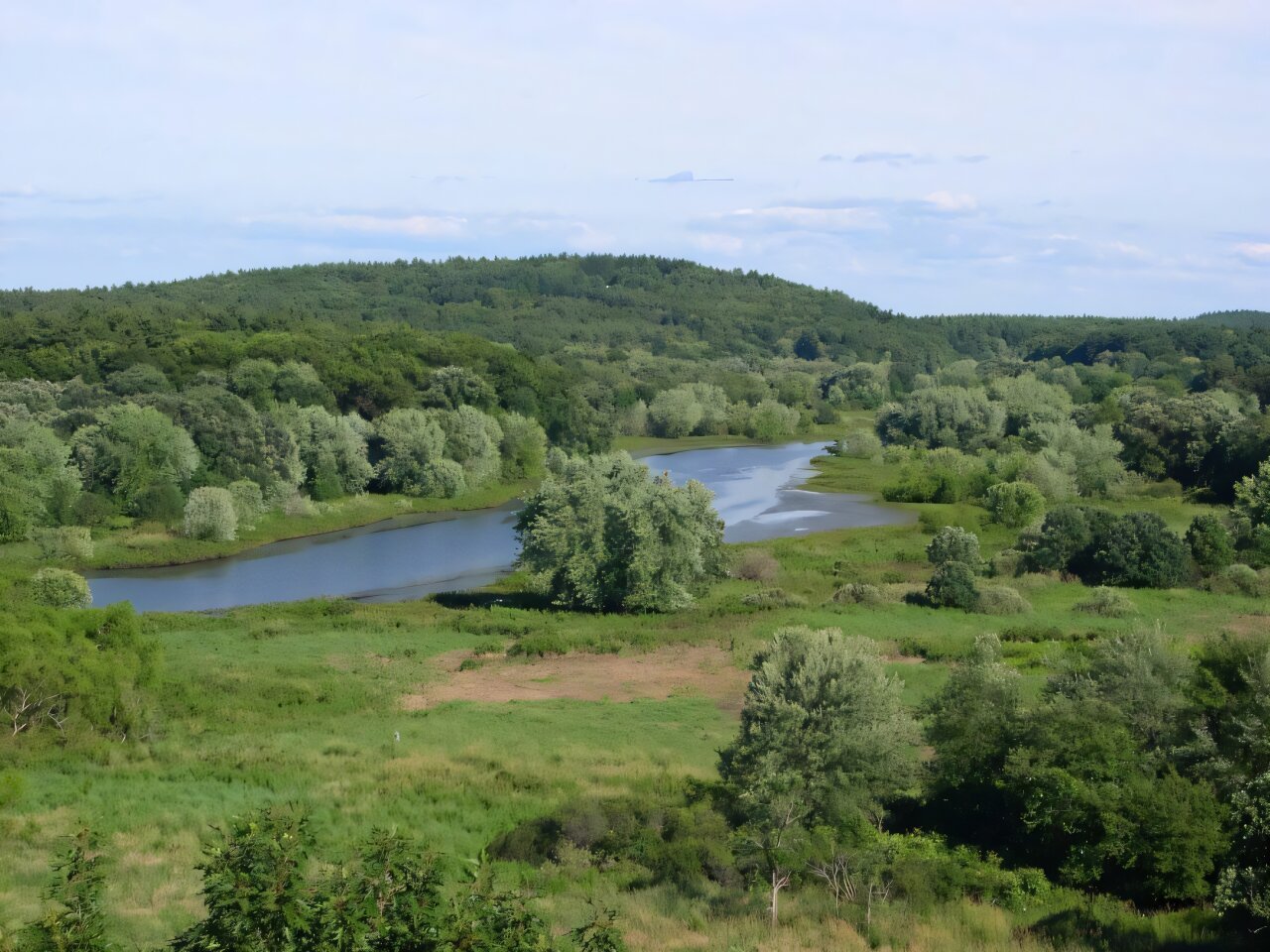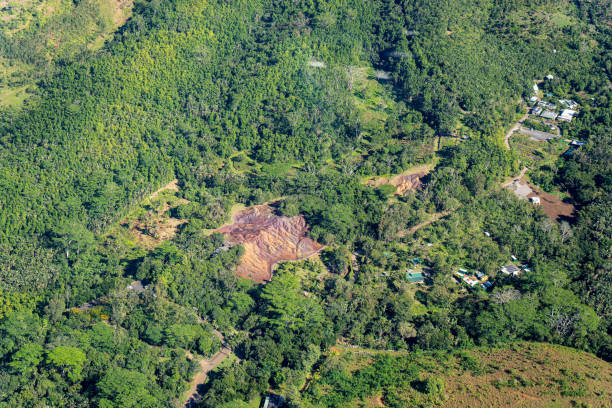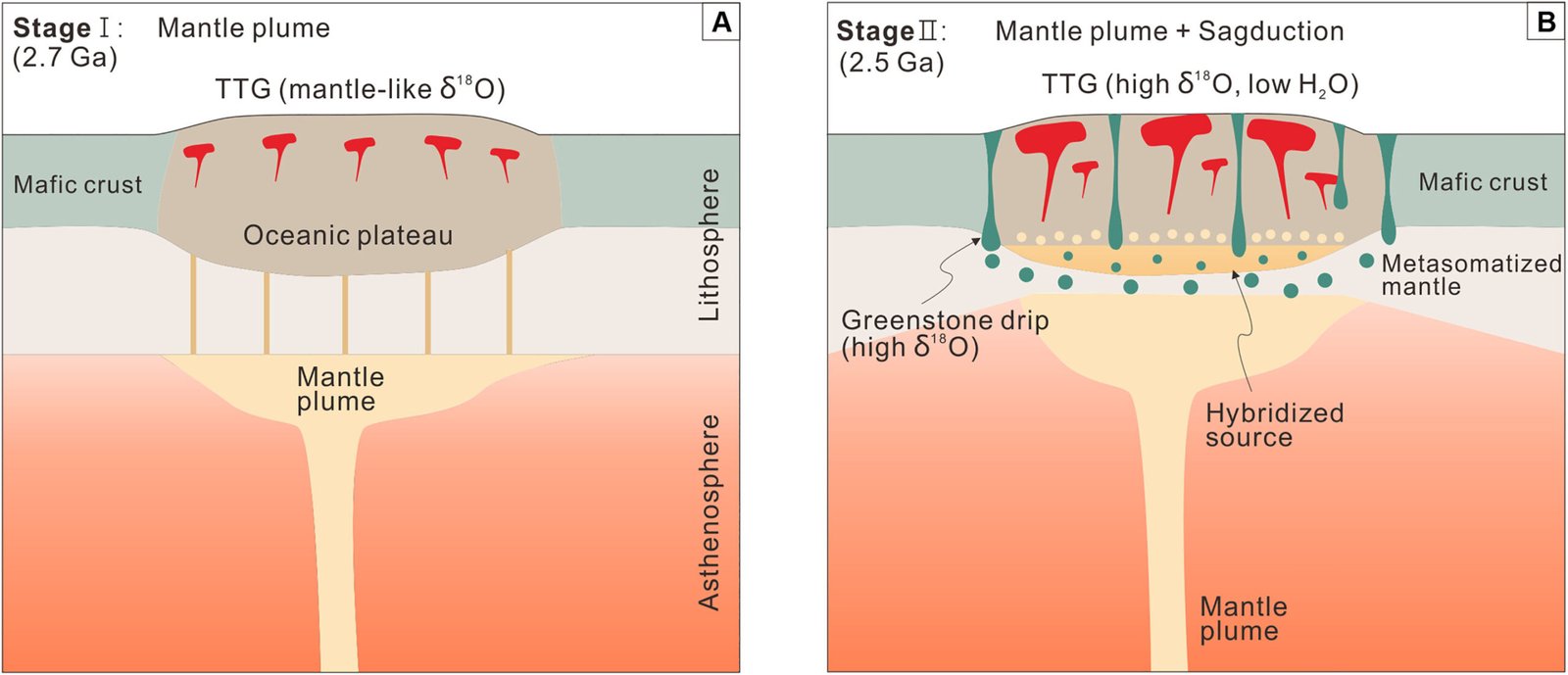Like a finely tuned symphony, the natural world operates on rhythms—intricate seasonal patterns of blooming, migration, freezing, and thawing that govern life on Earth. This intricate timing is known as phenology, and it acts as a silent witness to the deep, often invisible shifts in our climate. It is in these rhythms that the pulse of a changing planet can be felt most vividly—not through satellite feeds or graphs, but in the first snowfall, the last ice floe, or the smell of lilies rotting in late summer heat.
In the river valleys of New England, a story is unfolding. It is not a new one, but one captured long ago by a sharp-eyed observer who walked the same banks we do today—Henry David Thoreau. Now, over 170 years later, University of Connecticut Professor of Earth Sciences Robert Thorson is diving deep into Thoreau’s painstaking river journals to track the heartbeat of climate change.
A Philosopher’s Chronicle, A Scientist’s Dataset
Henry David Thoreau is often remembered as a philosopher-poet, scribbling thoughts at Walden Pond. But his lesser-known work along the Concord, Sudbury, and Assabet Rivers reveals a different side: the field scientist. Between 1850 and 1860, Thoreau produced over 6,000 entries chronicling the life of the river and surrounding landscape—daily observations of ice thickness, snowfalls, floodwaters, spring blossoms, and midsummer droughts.
“He’s not just waxing philosophical—he’s systematically recording nature,” says Thorson. “It’s the consistency that’s powerful. He gives us data. Day after day, year after year.”
In these notes, Thorson found a rare gift: a baseline. A way to look back into a pre-industrial New England and ask, how different is our world today?
Seasons Beyond the Calendar
Forget the rigid quarterly seasons marked on your wall calendar. Thoreau saw the year unfold in ten fluid phases, each named and defined not by solstices or equinoxes, but by what the river told him. These included:
- Breakup – when thick ice suddenly yields to rushing water
- Inland Sea – a brief season of spring floods
- Aquatic Spring and Riparian Spring – differentiated by the life bursting forth in water and along its banks
- Summer and Drought – a time of silence, heat, and stagnation
- Aquatic Autumn and Riparian Autumn – the mirrored dying back of water and land
- Freeze-up – the beginning of winter’s grip
- Winter White – a deep, snowbound stillness
Thorson emphasizes that all ten seasons still occur today—but they arrive differently. Some come earlier, others are truncated or intensified. These shifts may seem subtle unless you know what to look for.
Numbers Meet Nature
Using Thoreau’s detailed descriptions, Thorson has cataloged phenomena with specific dates and conditions. Did the first ice usually appear in early December? Has that shifted to January? Is spring snowmelt arriving sooner, reducing river flow by mid-April instead of May?
To answer these questions, Thorson is aligning Thoreau’s 19th-century observations with modern data—such as stream discharge rates from the U.S. Geological Survey—and applying simple statistical comparisons. The goal: quantify change in a way that resonates with people not through abstraction, but through lived experience.
“If we can show that river breakup now happens two weeks earlier, that’s something a fisherman or a dock owner understands,” says Thorson. “They’ve seen it. They’ve felt it.”
The Emotional Power of a River
Thorson is not just building graphs—he’s building narratives. He wants people to see climate change not as a concept, but as a disruption of something personal. Consider this: Thoreau once skated over 60 miles in a single day on thick, frozen rivers—a feat that would be impossible today as many of these waterways barely freeze.
On another winter, Thoreau measured ice floes two feet thick. Contrast that with present conditions where the river might remain open all year, with only a few skimpy freeze-ups. Such changes, while gradual, mark the erosion of an entire way of life—and ecology.
“The drama of a bridge being torn apart by a spring freshet speaks louder than any chart,” Thorson insists. “That’s when climate change becomes real.”
The River as a Living Memory
What’s remarkable is how sensory and vivid Thoreau’s records are. On a dog-day August afternoon, he describes the “unctuous” sheen on sluggish water, the stifling heat, the silence of flow, and the fetid scent of dying lilies. A day later, the river changes: fall is in the air, the rains return, and with them, life stirs again.
Each moment is phenological. Each is timed. And each allows us to understand how the world has shifted since.
From Observation to Action
Thorson’s study, published in The Concord Saunterer, is the culmination of years of decoding Thoreau’s journals. But it’s also a call to collaboration. His next step is to team with statisticians to construct robust models of past-versus-present change—an effort that could serve as a model for other regions with historical ecological records.
“Thoreau gave us a gift—a two-million-word time machine,” Thorson says. “It’s New England’s richest environmental archive for the 19th century. If we don’t use it to understand how our seasons are shifting, we’re missing a profound opportunity.”
Rediscovering Our Seasons
To help the public grasp climate change, Thorson believes we must begin with the seasons people know. A fisherman notices the trout are spawning earlier. A farmer sees blossoms after a mild February. A student recalls skating on the river as a child and now finds only open water.
These aren’t just anecdotes—they are data, lived through generations.
Climate change may seem invisible, happening on global scales beyond comprehension. But through the lens of phenology, through Thoreau’s words and Thorson’s analysis, the story becomes intimate and urgent.
The river tells it best: not in charts, but in stories. Not in averages, but in days when the ice doesn’t come, when the lilies rot sooner, when the floods no longer tear down bridges like they once did.
We are all downstream of history. And the current is moving faster than we think.
Reference: Thoreau’s River Seasons: A Phenological Baseline, The Concord Saunterer (2024). thoreausociety.org/wp-content/ … photo-supplement.pdf






